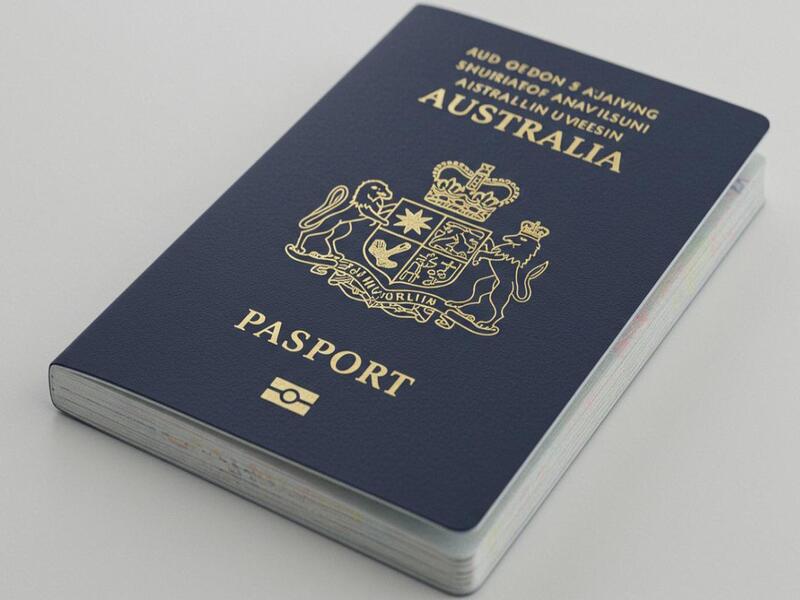
Melbourne immigration: the basics
Melbourne’s immigration framework is designed to meet the diverse needs of potential migrants. It includes various visa categories aimed at fostering skilled labor, addressing population growth, and balancing cultural diversity.
Types of visas available
Melbourne offers a wide array of visa options to cater to its diverse demographic. Some of the most prominent types include:
- Skilled visas: For individuals with skills in demand.
- Family visas: For those wishing to join family members in Australia.
- Student visas: For international students seeking education in Melbourne.
- Employer-sponsored visas: For those sponsored by Australian employers.
- Business innovation and investment visas: For entrepreneurs and investors.
Recent changes in immigration policies
In 2025, significant reforms have taken place in Australia’s immigration policies, particularly in the areas of skilled migration and temporary visas. These changes are aimed at ensuring a better alignment with the country’s economic goals.
- The Australian government has set the planning levels for the 2024–25 permanent migration program at 185,000 places.
- The permanent migration program aims to address skills shortages in key sectors and prioritize visa processing for regional australia.
- The planning level for employer sponsored visas has increased from 36,825 in 2023–24 to 44,000 for 2024–25.
- The planning level for the state/territory nominated category and the regional category are both set at 33,000 visas for the 2024–25 migration program.
- 16,900 places have been allocated for skilled independent visas in the 2024–25 migration program.
- The planning level for the business innovation and investment program (biip) has been reduced from 1,900 visas in 2023–24 to 1,000 visas for 2024–25.
- The planning level for the global talent visa program has been slightly reduced to 4,000 visas for the 2024–25 migration program.
Navigating the skilled migration pathway
Securing a place in Melbourne through the skilled migration pathway requires an understanding of the latest visa regulations and requirements.
Skills in demand visa
The Skills in Demand (SID) visa replaces the previous Temporary Skills Shortage (TSS) visa and has streamlined the process for applicants. With three distinct streams focused on:
-
Core skills stream: Targeting critical shortage areas.
-
Specialist skills stream: For high-income roles with a minimum income threshold.
-
Labour agreement stream: Facilitating industry-specific agreements.
This systematic approach ensures that applicants fit the specific labor market needs in Melbourne and can significantly impact the applicant’s success rate.
What about student visa process?
For those wishing to further their education, understanding the intricacies of the student visa process is vital for a successful application.
Key changes to student visas
In light of the increasing number of international students, changes effective in 2024 have redefined the student visa landscape. The new processing system features two tiers:
-
High Priority: For 80% of a provider’s student capacity.
-
Standard Priority: For applicants exceeding the previous limit.
Additionally, student visa fees have risen to $1,600, and financial capacity now reflects 75% of the national minimum wage, making it essential for applicants to prepare adequately.
Visa eligibility and allocation
One of the trickiest aspects of the immigration process is navigating the eligibility criteria and allocation methods, particularly for popular visa categories.
Ballot systems for visa allocation
The introduction of ballot systems allows for a fair selection process where demand is high. Examples include:
-
Work and Holiday Visa: Targeted at applicants from specific countries.
-
Mobility for Talented Early-professionals Scheme (MATES): Focusing on early-career professionals.
-
Pacific Engagement Visa (PEV): Offering permanent residency for migrants from Pacific nations.
These initiatives are designed to enforce a balanced and fair approach to visa distribution in the immigration system.
Essential tips for before you apply
Before submitting an application, understanding the requirements and preparing thoroughly can increase your chances of success.
Rsearch and prepare documentation
Gathering the necessary documentation is pivotal for a smooth application process. Some essential documents include:
-
Proof of English language proficiency.
-
Education and work credentials.
-
Financial statements.
-
Health insurance documentation.
Seek professional guidance
Due to the complexities of the immigration landscape, enlisting the help of a qualified immigration consultant can save applicants time and effort by ensuring all aspects of the process are taken care of properly. This guidance can prove invaluable as rules and regulations can shift frequently.
Moving to Melbourne can look difficult. However, if you keep up with the newest rules, get everything ready, and ask for expert help, your chances of moving to this great city will be better. As you start this process, always learning and understanding how things change will help you reach your goals












